A fan speed regulator is a device specifically designed to control the speed of a fan. It allows users to adjust the airflow and noise level according to their preferences or operational needs. Fan speed regulators come in various forms, including simple rotary knobs, complex digital controllers with remote operation, and even smart fan regulators that can be controlled via smartphone applications. They are widely used in residential, commercial, and industrial settings, ensuring comfort and efficiency in temperature management and air quality control.
Types and Characteristics of Fan Speed Regulators
The fan speed regulator market offers a diverse range of products to suit various applications. For instance, the 12v fan speed controller is compact and efficient, perfect for automotive applications or portable cooling systems. On the other hand, the 12 volt dc fan speed controller is robust and suitable for solar-powered systems or outdoor equipment. For home use, the ceiling fan speed regulator is a common fixture, often designed to blend seamlessly with home decor. In contrast, the 12 volt variable speed control units are more utilitarian, designed for industrial fans where precise speed adjustments are critical. Each type of regulator has its unique characteristics, such as the dc fan regulator known for its low power consumption and the capacitive fan regulator for its simplicity and durability.
Structure and Operation of Fan Speed Regulators
The structure of a fan speed regulator typically includes a control circuit, user interface, and connection terminals. The control circuit may use phase-cutting technology for AC fans or pulse-width modulation for DC fans. In a fan regulator with remote, an infrared or radio-frequency receiver is integrated to receive signals from the remote control. The user interface, whether a dial, switch, or touch panel, allows manual speed adjustments. For example, a 12v pc fan controller might include a motherboard connector and software interface for computer-based management.
Materials and Design Considerations
Materials used in fan speed regulators are chosen for their durability, conductivity, and aesthetic appeal. PC (Polycarbonate) is favored for its toughness and heat resistance, making it ideal for housing electronic components. ABS (Acrylonitrile Butadiene Styrene) is commonly used for its impact resistance and ease of manufacturing, while PP (Polypropylene) is selected for its chemical resistance, particularly in industrial environments. Tempered glass panels add a touch of elegance and are often used in high-end models like the 12v fan control units designed for visible installations.
Business Usages and Applications
Fan speed regulators are indispensable in various business settings. In hotels, a dc fan regulator 12v can ensure guest comfort by quietly managing airflow. Manufacturing plants rely on temperature control fan speed regulators to maintain equipment cooling without manual intervention. Retail spaces use automatic temperature control fans to enhance customer experience while conserving energy. Each application not only improves operational efficiency but also contributes to a more sustainable business practice by reducing energy consumption.
Functions and Tasks
The primary function of a fan speed regulator is to control the rotational speed of a fan's motor. This control can range from a simple increase or decrease in speed to more complex functions like responding to temperature changes with an automatic temperature control fan. Some regulators are equipped with timers or programmable settings, allowing users to schedule operation times and conserve energy when full fan power is not needed.
Features and Unique Selling Points
Distinctive features of fan speed regulators include the ability to control multiple fans, integration with home automation systems, and noise reduction capabilities. For example, a 12 volt dc fan regulator may offer a silent operation feature, which is a significant selling point for noise-sensitive environments. Smart regulators with Wi-Fi connectivity allow users to control fans via mobile apps, adding convenience and remote accessibility as unique selling points.
Benefits and Positive Outcomes
Using a fan speed regulator can lead to several benefits, such as energy savings by running fans only at the speed necessary for comfort. It can also extend the life of the fan by preventing it from always running at full speed, which can cause quicker wear and tear. For businesses, the ability to automate and precisely control the environment can lead to improved worker productivity and customer satisfaction.
How to Use and Operate Effectively
To operate a fan speed regulator effectively, users should first understand the specific needs of their environment. For instance, in a server room, a temperature fan control would be ideal to adjust fan speeds based on fluctuating temperatures. For installation, it is important to ensure that the regulator is compatible with the fan's voltage and power specifications. Regular cleaning of the regulator's exterior and connections can prevent dust accumulation and potential overheating.
How to Choose the Right Fan Speed Regulator
Choosing the right fan speed regulator involves considering the fan's voltage, the environment in which it will be used, and the level of control desired. A 12v blower motor speed control would be suitable for a small, low-voltage fan, while a larger commercial fan may require a more robust system. For those looking for convenience, a fan regulator with remote or smart capabilities would be the best choice.
How to Clean and Maintain
Maintenance of a fan speed regulator typically involves regular cleaning with a soft, dry cloth to remove dust. It is important to ensure that the regulator is turned off and disconnected from power before cleaning. For smart fan regulators, firmware updates may be necessary to keep the device running smoothly and securely.
How to Install
Installation of a fan speed regulator should be carried out in accordance with the manufacturer's instructions. It often involves connecting the regulator to the fan motor and power source, ensuring that all connections are secure and that the device is properly grounded. For wireless or smart regulators, additional steps may include connecting the device to a network and configuring it through an app.
How does a fan speed regulator enhance airflow management?
A fan speed regulator enhances airflow management by providing the user with the ability to adjust the fan's operational speed. This flexibility allows for the precise control of air movement, ensuring optimal comfort levels and efficient energy use. In environments where air quality is critical, such as clean rooms or data centers, the regulator can help maintain the necessary conditions by fine-tuning the airflow based on real-time requirements.
What should be considered when selecting a fan speed regulator?
When selecting a fan speed regulator, consider the type of fan, the voltage requirements, and the desired control features. For instance, a 12v fan control is suitable for low-voltage applications, while a temperature fan control might be necessary for areas where temperature fluctuations are common. The choice between a dc fan regulator 12v and an AC regulator will depend on the power supply of the system in question. Additionally, the physical environment and the need for remote operation will influence whether a simple dial or a fan regulator with remote is the best choice.
Can fan speed regulators be integrated with smart home systems?
Many modern fan speed regulators are designed to be compatible with smart home systems. Devices like the 12 volt dc fan regulator can often be connected to home automation networks, allowing for control via smartphone apps or voice commands. This integration provides a higher level of convenience and the ability to create custom schedules or scenes that automatically adjust fan speeds based on time of day, presence detection, or other triggers.





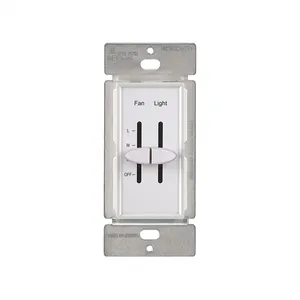

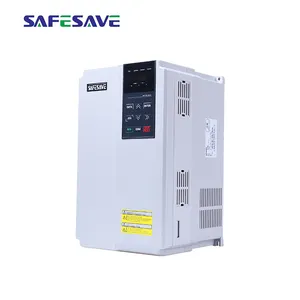




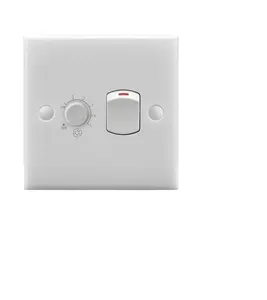





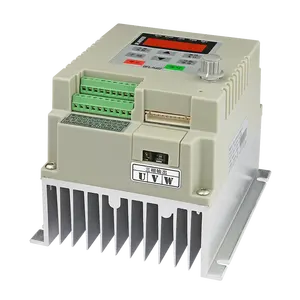

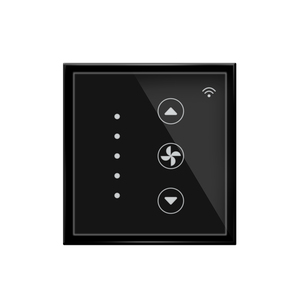





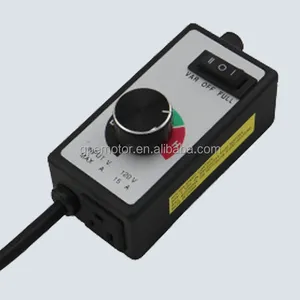

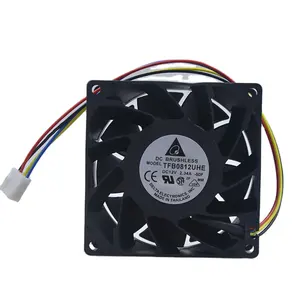

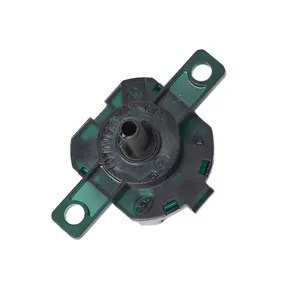
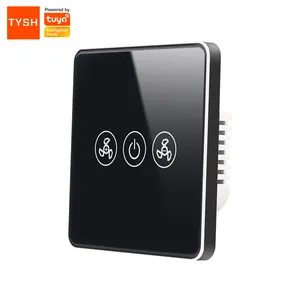












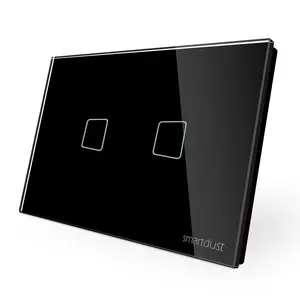
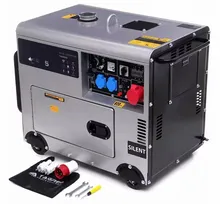

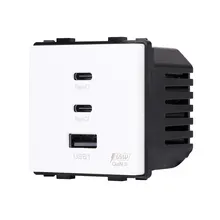
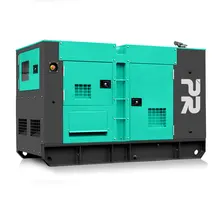


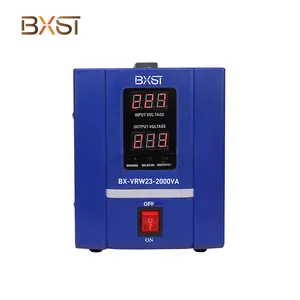





















 浙公网安备 33010002000092号
浙公网安备 33010002000092号 浙B2-20120091-4
浙B2-20120091-4